Uncategorized
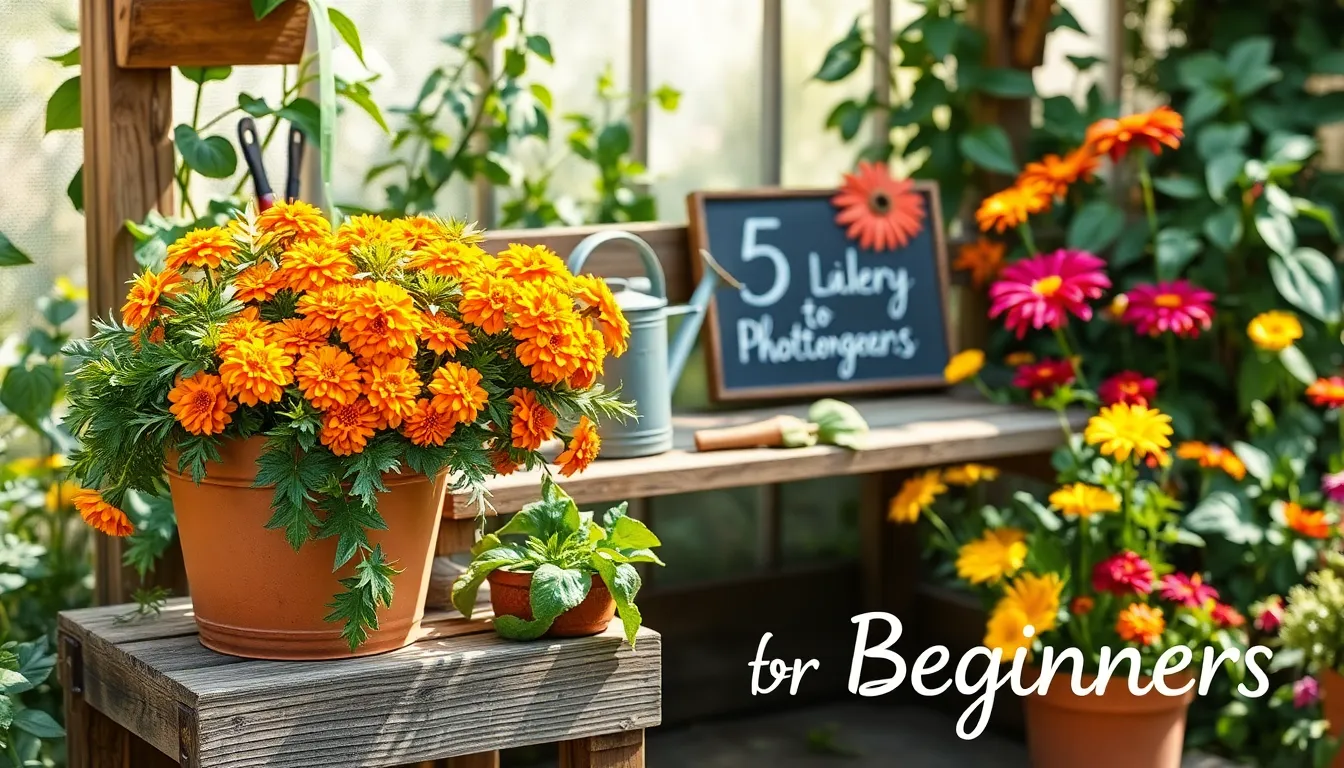
5 Easy-to-Grow Flowers for Beginners
Imagine stepping into your garden, a vibrant tapestry of colors greeting you as the sun peeks over the horizon. For ...
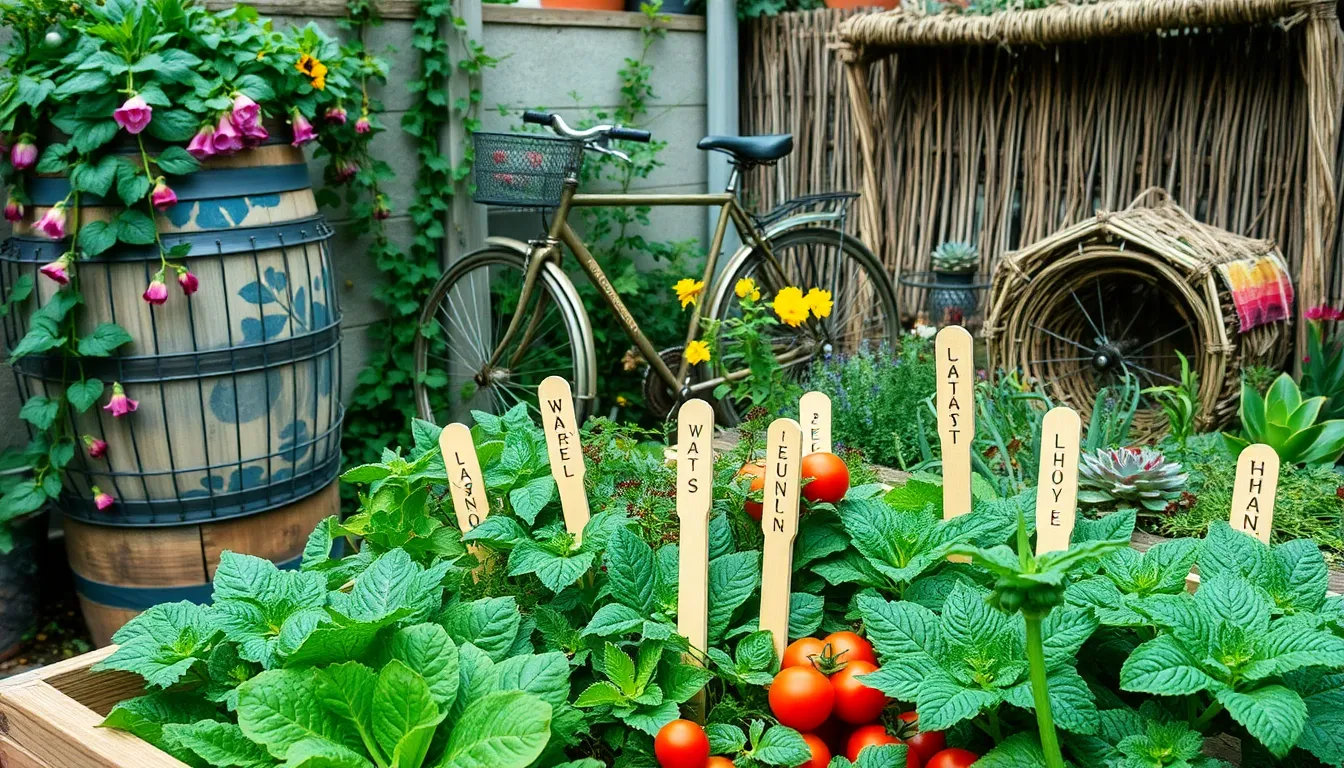
How to Make Your Garden More Sustainable
In a world that increasingly values sustainability, transforming your garden into an eco-friendly haven is both a rewarding and impactful ...
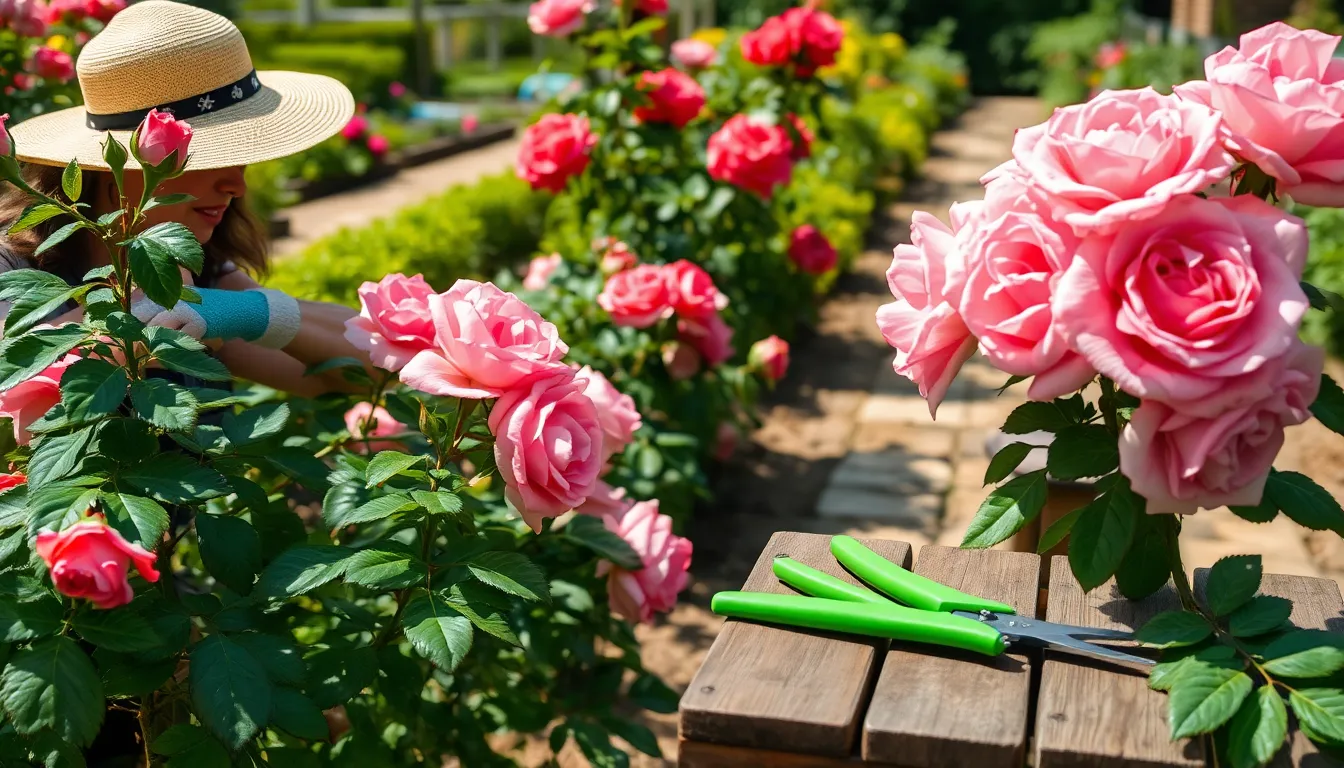
How to Prune Your Garden for Better Growth
Pruning is one of the most transformative practices you can undertake in your garden, whether you’re just starting your horticultural ...
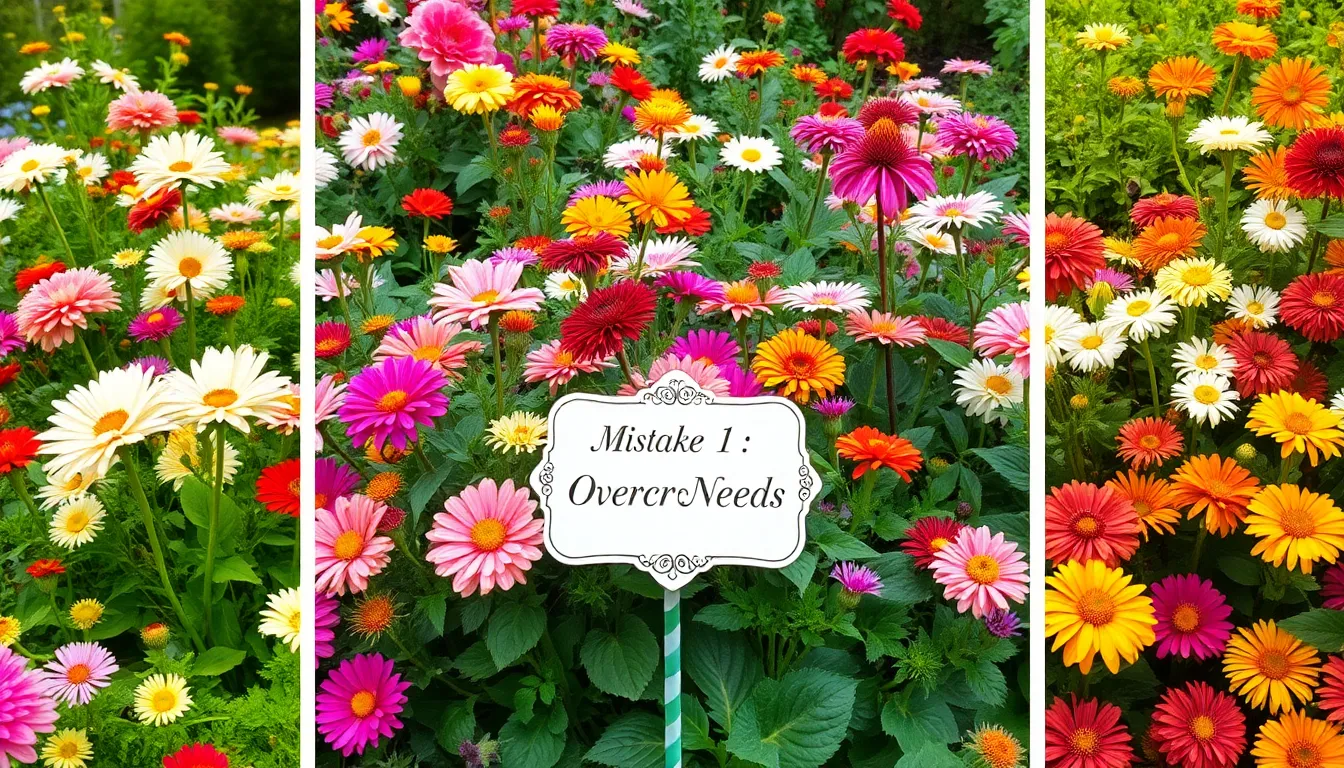
5 Common Mistakes to Avoid in Flower Gardening
There’s something undeniably magical about stepping into a garden bursting with vibrant flowers, each bloom a testament to the nurturing ...
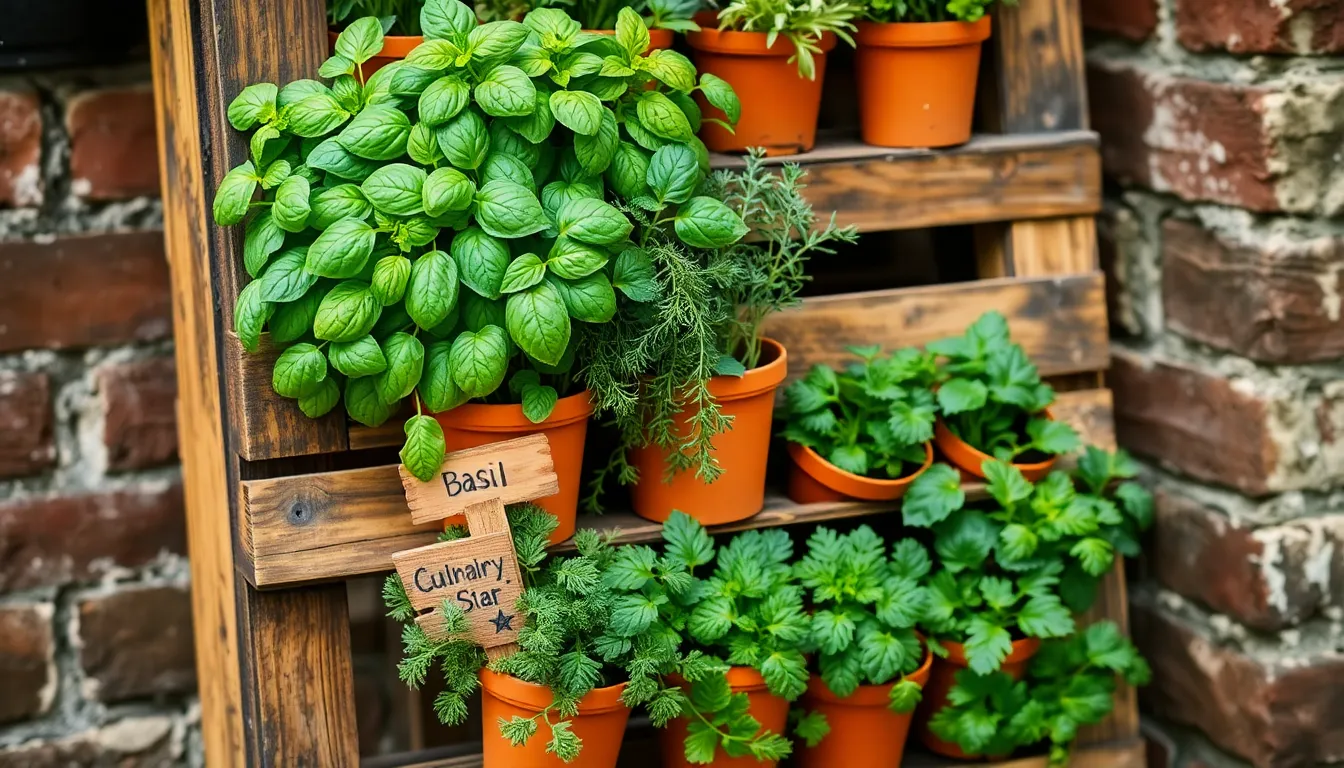
How to Build a Vertical Herb Garden
Imagine stepping into your kitchen, the scent of fresh basil, rosemary, and mint wafting through the air as you reach ...

Best Plants for Attracting Pollinators to Your Garden
Gardening is a journey filled with vibrant colors and buzzing life, and there’s nothing quite like the joy of watching ...
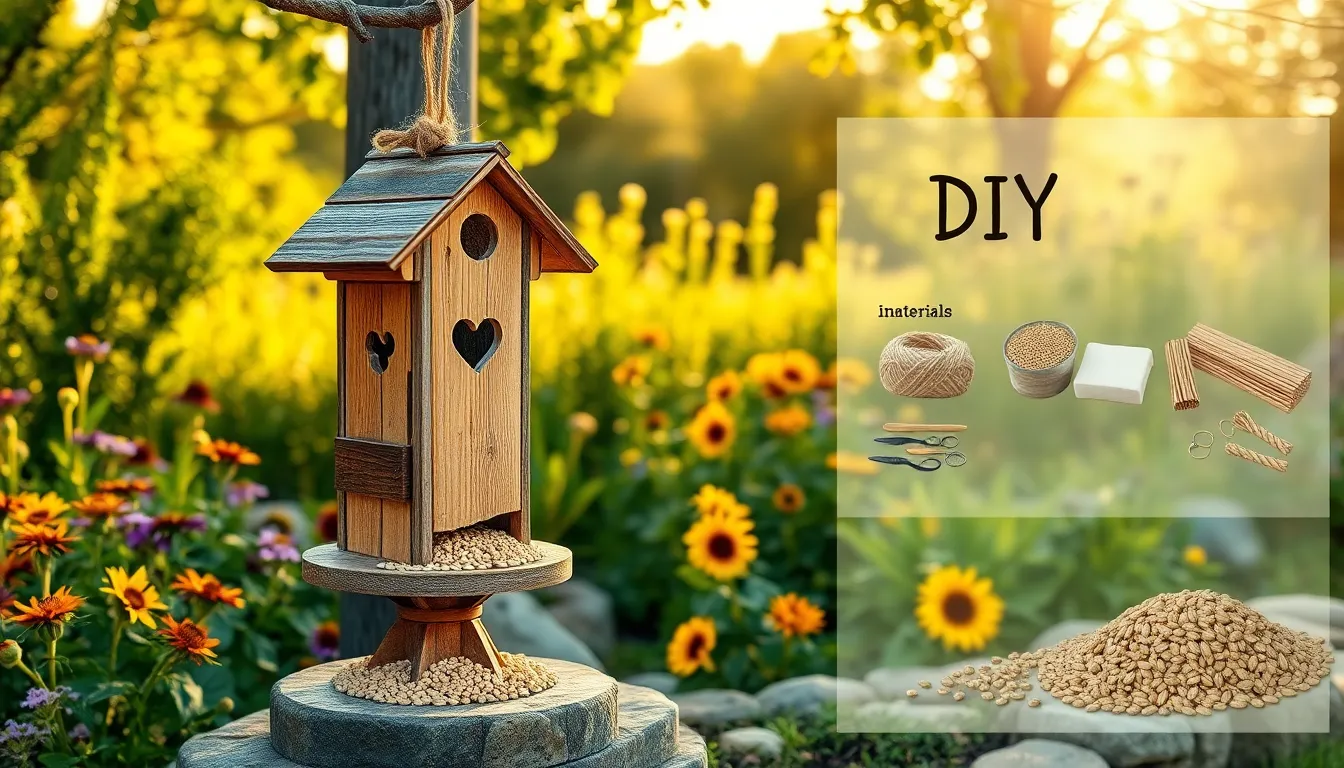
How to Make a DIY Bird Feeder for Your Garden
Gardening is much more than nurturing your plants; it’s about creating a vibrant ecosystem right in your backyard, and what ...
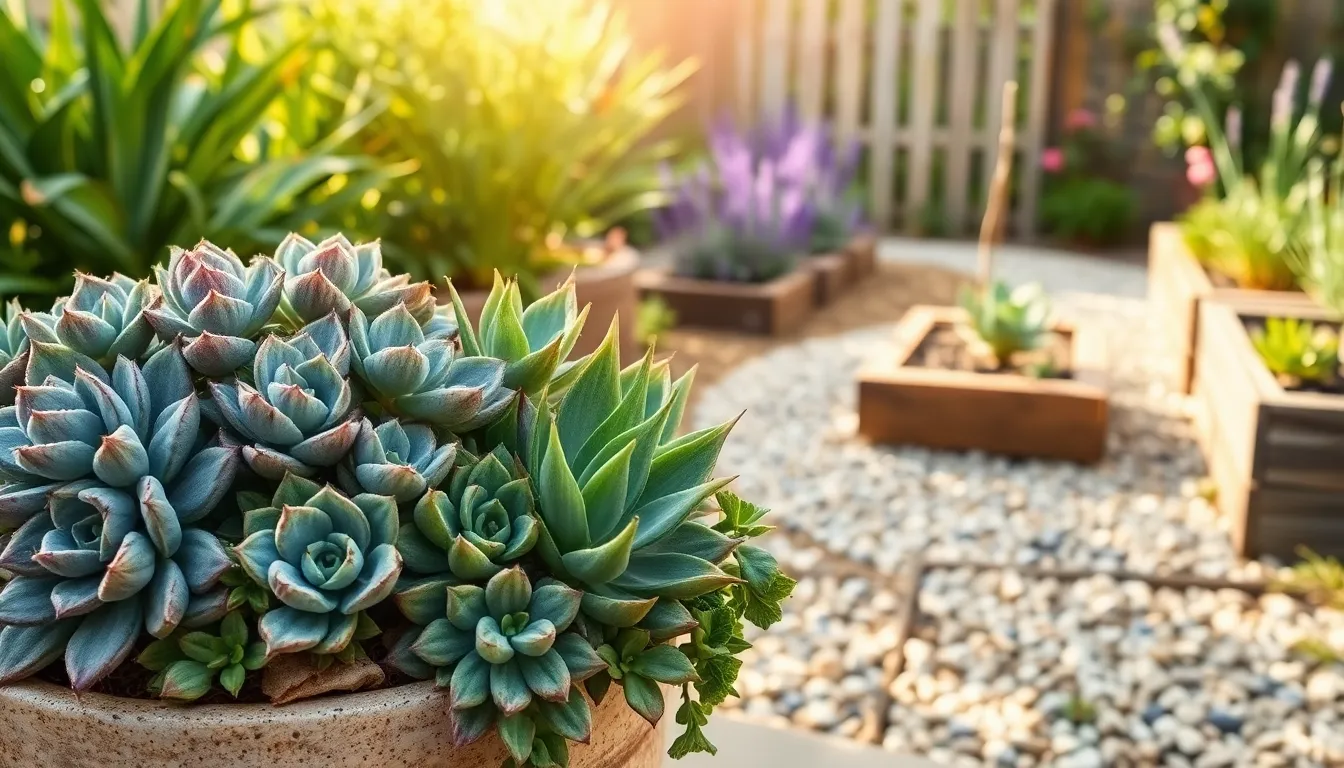
How to Create a Low-Maintenance Garden
Creating a low-maintenance garden is like weaving a tapestry of nature’s beauty that thrives with minimal intervention. Whether you’re a ...
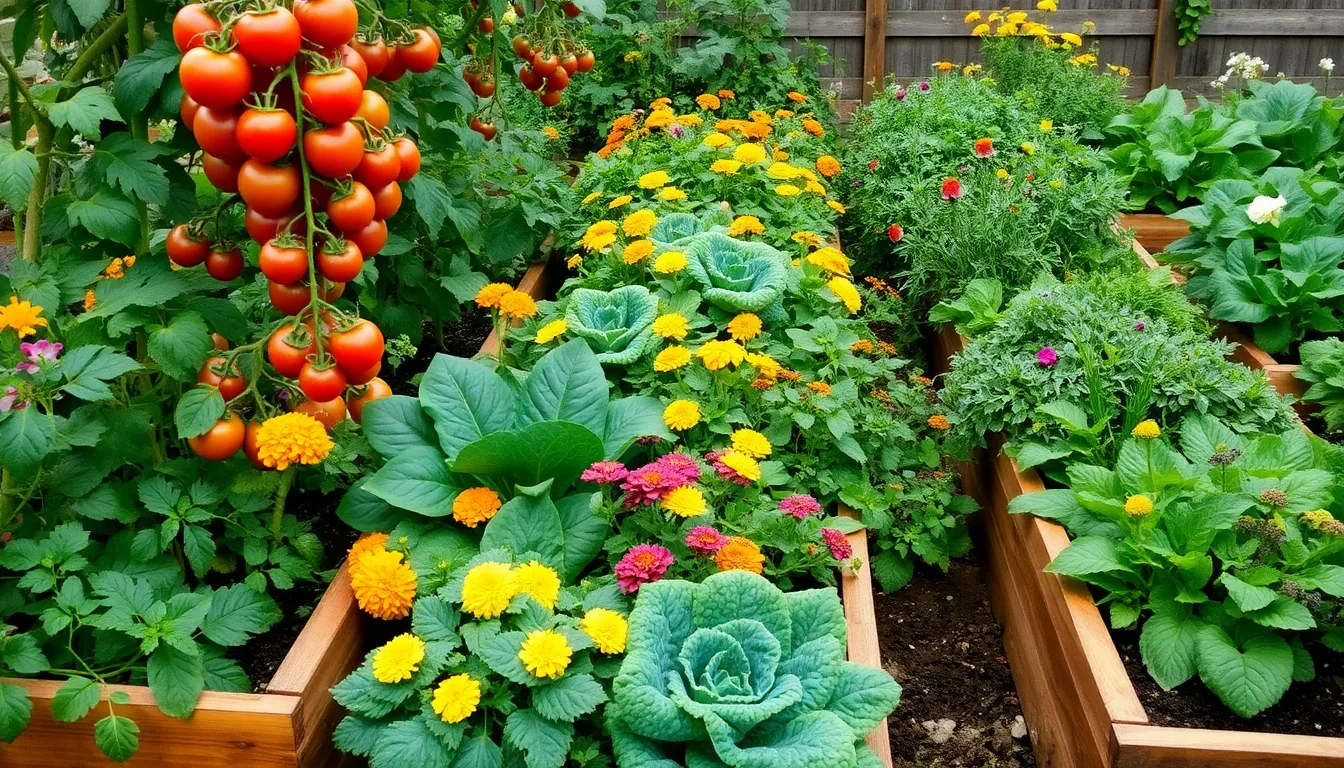
Best Vegetables to Grow in Your Backyard Garden
There’s nothing quite like the joy of stepping into your backyard and harvesting a bounty of fresh vegetables, knowing that ...
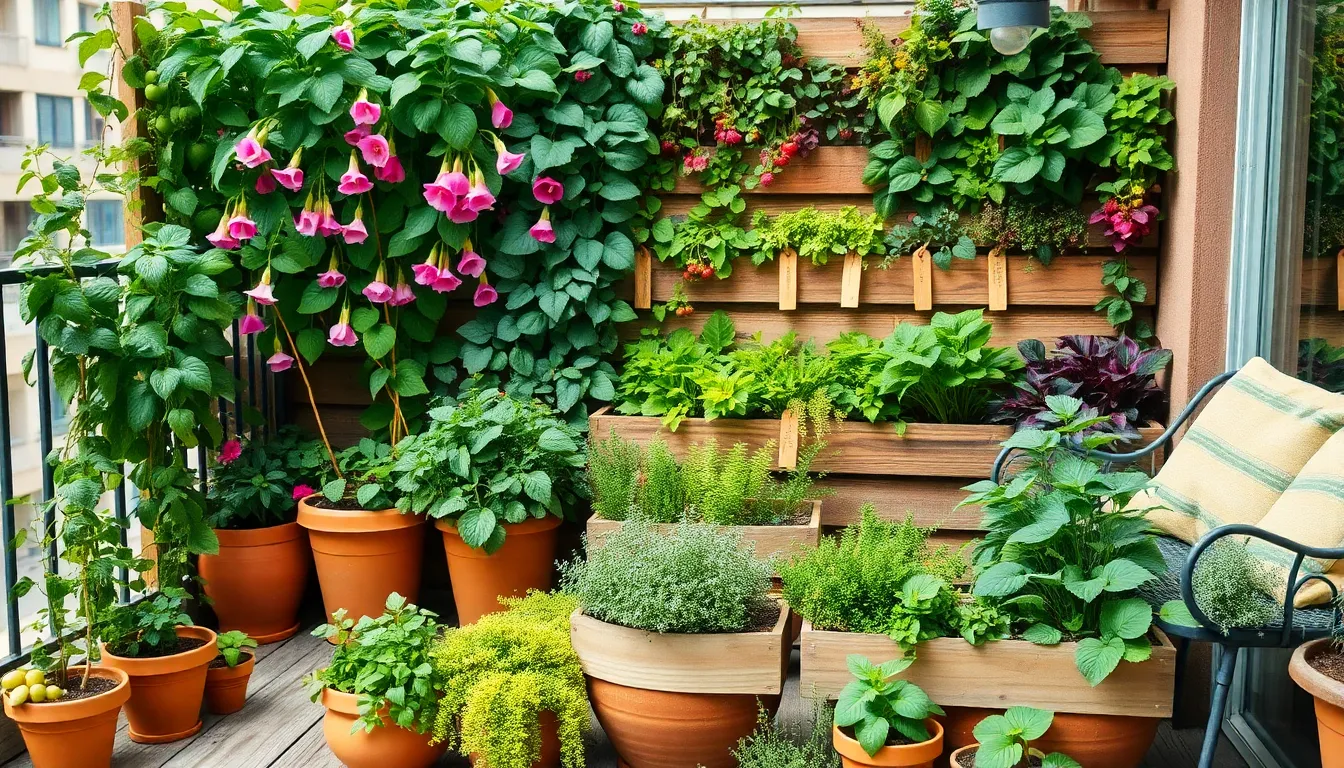
How to Build a Small Urban Garden
Amidst the bustling rhythm of city life, carving out a little sanctuary of green can be both a rewarding challenge ...






